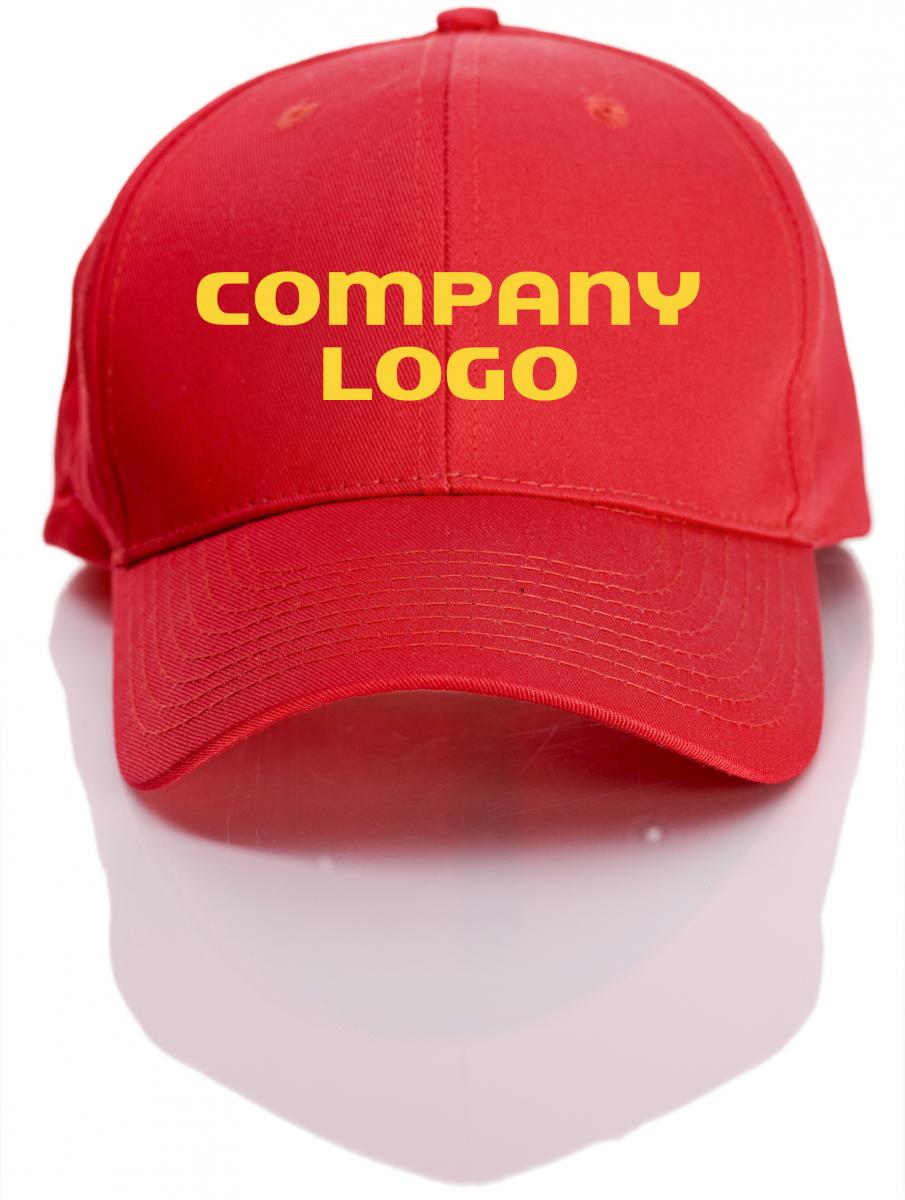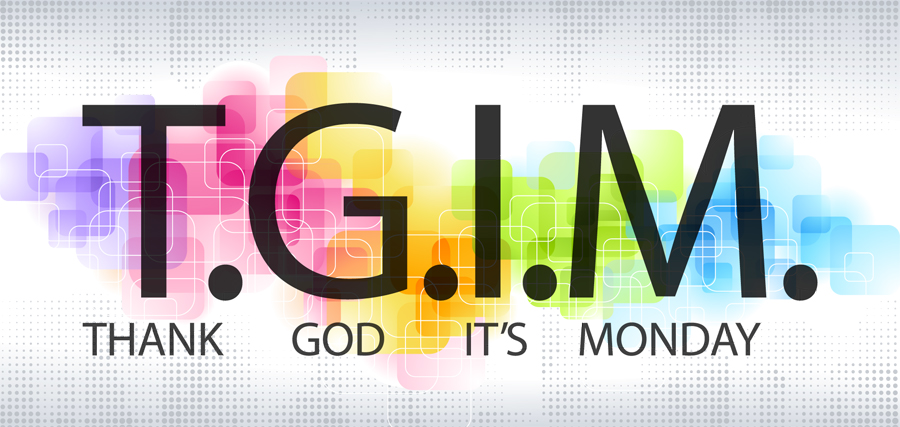Thank God It’s Monday!
The following is an excerpt from Aubrey C. Daniels bestselling management classic, Bringing Out the Best in People: How to Apply The Astonishing Power of Positive Reinforcement. This excerpt presents a powerful case for making work fun–not by changing the work but by applying the same techniques that make games fun. The emphasis is on reinforcing work behaviors and celebrating work results–often and enthusiastically.
People think there are some jobs that can never be made positive. In fact, a job is just a series of behaviors. By adding positive reinforcement to these behaviors, you improve performance while making people feel better about their work. Meaning cannot be put into a job by changing what one does. Meaning comes from the consequences of what one does.
Meaning does not reside in behavior; reinforcement does not reside in an object.
Sports are fun because games were designed to get people to want to do them. Everything you’ve read about improving performance plays a part in all team sports. What performers do in most sports is not what makes those sports fun. Rather, it is the reinforcement they receive from coaches, teammates, and fans for doing something well, for improving their skills, for setting new records that encourages them to continue and to do even more.
Think of placing an ad in the newspaper for an offensive lineman in the National Football League. Who would apply for that job if you only listed the behaviors required?
 WANTED: Large individual, preferably male, to block for running backs. Position requires squatting down many times a day. Candidates are expected to push and punch other large individuals and can expect to be knocked down frequently. All equipment will be provided. Benefits include Mondays off to get treated for injuries. Candidates must be prepared to participate in all kinds of weather and may be involved in one or more fights a week. Injuries are likely and could be life-threatening. Knee injuries are common and may limit ability to walk in later life.
WANTED: Large individual, preferably male, to block for running backs. Position requires squatting down many times a day. Candidates are expected to push and punch other large individuals and can expect to be knocked down frequently. All equipment will be provided. Benefits include Mondays off to get treated for injuries. Candidates must be prepared to participate in all kinds of weather and may be involved in one or more fights a week. Injuries are likely and could be life-threatening. Knee injuries are common and may limit ability to walk in later life.
[Did it ever occur to anyone that OSHA would shut down football if it were a regular business?]
You get the idea. If a person didn’t know about all the positive reinforcement involved in the game, there would be no applicants for this job. People would say, “You can’t pay me enough to do that!” Yet we all know many people who play football for no pay, and look forward to it.
Now, contrast sports with work. Jobs originated because we needed people to do them. They weren’t designed to cause people to want to do them as sports were. Jobs originated because we had to get certain things done.
It amuses me to watch business people participate in sports. They encourage team members, positively reinforce often (“Good shot! Great catch!”), hug each other, give high fives and low fives and otherwise display unusual positive emotion. But put these same people in the workplace and they usually do none of these things. No wonder we feel differently about work than we do about sports! So why have we taken the fun out of work?
Making Work Fun
Many managers think fun is “out of place” at work. That’s because they’re accustomed to seeing people having fun by participating in dangerous horseplay, annoying practical jokes, by congregating around the break area, throwing birthday parties, and so on. Often these events are seen as opportunities to avoid work or to take a break from the monotony of work. But when fun comes as a result of accomplishments at work it’s quite another story. When celebrations happen as a result of some best-ever performance, what manager wouldn’t want to have lots of them?
When most people think about celebrations, they think about elaborate functions, with speeches by management, a catered meal, and gifts for all. A celebration, as I define it, is an occasion to relive an accomplishment. It’s an occasion to get together and share all the things that were done to meet or exceed some goal. Reliving the tough times or the good times, remembering the laughs and the frustrations of an accomplishment can happen in a large group or with only two people. It can happen in an auditorium, a meeting room, or by the vending machines.
Participants, Not Recipients
The key to deriving bottom-line benefits from a company, division, plant, department, or shift celebration is to make it a special time to share what people did to meet or exceed goals. Employees should be active participants in the process, not just recipients of the company’s benevolence.
 In a typical celebration, management tells employees what they have done and the impact of the accomplishment on the organization’s future. These boilerplate comments may be mildly appreciated at the moment, but their effect lasts about as long as the bubbles in the champagne used to toast the achievement. Management’s role in a celebration is to listen and encourage the performers to relive their accomplishments – not tell the performers what they did.
In a typical celebration, management tells employees what they have done and the impact of the accomplishment on the organization’s future. These boilerplate comments may be mildly appreciated at the moment, but their effect lasts about as long as the bubbles in the champagne used to toast the achievement. Management’s role in a celebration is to listen and encourage the performers to relive their accomplishments – not tell the performers what they did.
People should tell their own stories. Frequently they’re the only ones who know the details of what caused the success that is being celebrated. A manager can emphasize the importance of an accomplishment but will not necessarily know the finer points of how it was achieved. Unless you are sure of your facts, you should avoid making remarks such as, “You all pitched in,” and “The results show what can be done when you work together as a team.” It is very possible the results were accomplished in spite of a lack of teamwork. Such misstatements about how results were attained can damage a manager’s credibility and dampen the impact or an otherwise successful celebration.
You Had to Be There
Everyone has probably tried to tell about a funny happening only to discover that it doesn’t “tell” as funny as it happened. You may have ended by saying, “I guess you had to be there. It was really funny.”
Have you ever worked very hard on a yard project and when you were done the results just didn’t show how much energy and hard work went into it? This is a problem with trying to celebrate based on just looking at a result. You need to give people a chance to tell you how hard it was, how long it took, how long it would have taken if they had not come up with a great idea, how they would never have been able to complete it without the help of Sue in engineering or Sam in accounting.
In a successful celebration, management asks employees to share what they’ve done. The manager can ask questions such as, “How did you do that? What did you do? How did you figure it out? Who helped you? How hard was it?” Asking questions gives employees an acceptable opportunity to brag, and an opportunity to publicly thank those who helped them. An added advantage to this format is when other participants hear about what was done and how it was done, it’s usually an effective antecedent for them to try similar things in their own work areas.
Tangible Rewards Should Create Memories
The purpose of a tangible reward is to anchor a memory. Unfortunately, in most celebrations tangibles are the focus of the occasion rather than an aid to the celebration.
When tangibles are presented at a celebration, they should always be given AFTER the accomplishment has been relived, near the end of the celebration. An effective lead-in to presenting a tangible reward is, “To help you remember what you have accomplished, I have something for you.” If done correctly, the cost of the tangible item given is irrelevant.
 When the focus is on creating a memory, small items work well particularly if they have been selected on the basis of how well they would symbolize the accomplishment or some aspect of it: A knife for being on the “cutting edge”; biscuits and gravy for “being in the gravy” on sales; a pair of scissors for “cutting costs.”
When the focus is on creating a memory, small items work well particularly if they have been selected on the basis of how well they would symbolize the accomplishment or some aspect of it: A knife for being on the “cutting edge”; biscuits and gravy for “being in the gravy” on sales; a pair of scissors for “cutting costs.”
When not done correctly, the cost of the thing becomes an issue. In other words, if the focus is on the tangible, it better be expensive. I have been to celebrations where managers have talked about savings from a project that range in the hundreds of thousands of dollars. They then made the mistake of saying something like, “As a token of our appreciation, I have a baseball cap with the company logo on it for everybody.” The reaction from many people is, “We save the company a quarter of a million dollars and the give us a lousy cap?”
The pairing here is money saved – cap received – and it doesn’t match. Done differently, the pairing is reliving the accomplishment – cap received. This way, the focus is on the accomplishment. Celebrations don’t have to be large, expensive, or lengthy. They can occur whenever and wherever accomplishments occur.
Results are the occasion for celebration; efforts should be reinforced daily.
Take a Celebration Walk
I f you are a manager and you want to see what’s going on in the operation, take a celebration walk. Ask someone to point out people who are doing things or have obtained results that can be celebrated. Spend some time on a celebration walk on every visit to the plant or office. It’s that important. You’ll be surprised at what you learn and the impact your attention will have on the organization.
f you are a manager and you want to see what’s going on in the operation, take a celebration walk. Ask someone to point out people who are doing things or have obtained results that can be celebrated. Spend some time on a celebration walk on every visit to the plant or office. It’s that important. You’ll be surprised at what you learn and the impact your attention will have on the organization.
A question that is practically always positively reinforcing on the walk is, “How did you do that?” Let the employees teach you something about what they do.
But don’t use this visit to do correcting. A division vice president was visiting a plant where they were having a problem getting expected yields out of a new piece of extruding equipment. The team was making great progress, and actually getting yields about what was expected. The plant manager thought it would be reinforcing if the division vice president would go to see what they were doing. Unfortunately, the plant manager forgot to warn the VP that they had been neglecting housekeeping to some extent in order to focus effort on getting the new machine up and running.
Before he saw the graph showing their improvement and spoke to the operators and engineers about the good work they had done, he began to rant and rave about the poor housekeeping. By the time he got around to seeing the positives, his visit was anything but reinforcing. Yields dropped, and it took over two weeks to get them back to their previous highs. The VP should have talked to the plant manager about his housekeeping concerns after the tour.
Use Customers, Vendors, and Visitors
It’s usually reinforcing for employees to tell customers, vendors, and other visitors how they do things. The more visitors you have in your facility, the more opportunities you have to celebrate work. If you want to show a customer how you manufacture the product, find a good performer and let that person tell about how he or she works. But don’t just choose anyone who’s handy.
Use every opportunity to show, through your actions and attention, that high performance pays off.
T.G.I.M.
 Since five-sevenths of the week is spent at work, it’s important for people to approach work with the notion, Thank God It’s Monday (TGIM). This can only be realized when everybody understands and applies the principles of Performance Management to each other.
Since five-sevenths of the week is spent at work, it’s important for people to approach work with the notion, Thank God It’s Monday (TGIM). This can only be realized when everybody understands and applies the principles of Performance Management to each other.
In a company of 1,000 people, there are potentially 1,000 sources of positive reinforcement: 999 others and yourself. If you walk through a company of 100 or more people and can’t find evidence of a recent celebration for some accomplishment, you know that company is not bringing out the best in people and is sitting on a performance gold mine.
Imagine having a job where you wake up every morning excited about going to work. Now, imagine everybody else in the company is as excited as you are. Just consider the possibilities. In an organization like this, all things would be possible. But can a company like this really exist? You bet it can. The technology is here. It always has been. All that is required is for you to begin to use it.
Published December 2012


